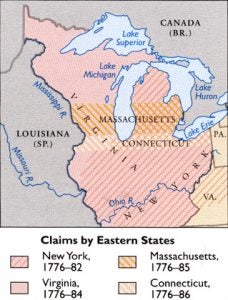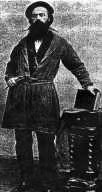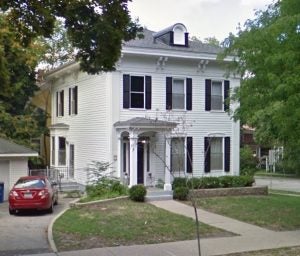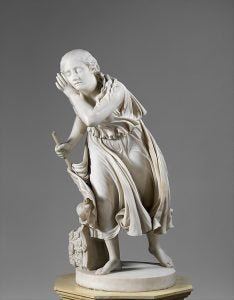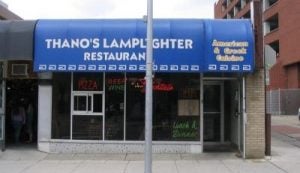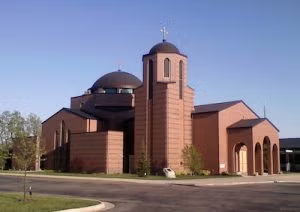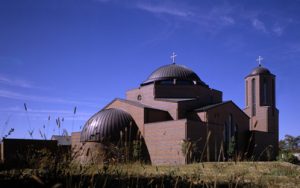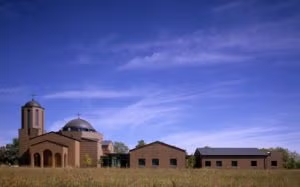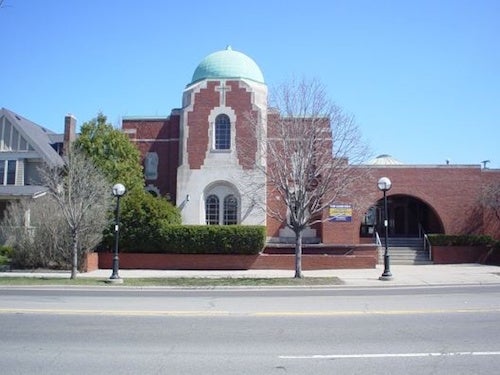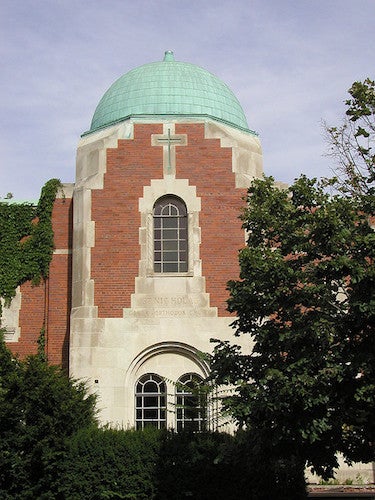Greek Named Cities in Michigan
Athens – Named after Athens, NY where many of the early settlers came from. The township was established in 1835 (athensarea.org). In the 2010 census, the village had a population of 1,024 inhabitants. It is located in Athens Township in the city of Battle Creek. Athens is the capital of Greece and has been since 1834 when it was chosen following its declaration of independence (from Ottoman rule) in 1832.
Attica – N. Genesis, the co-founder of the village, along with Wiliam Williams, whose land the main town was built on, were both from New York. The post office was named Mill station in 1867, Elk Lake in 1870 and finally Attica in 1871 in order to match the township (Romig 1973: 33). It seems that many of Michigan’s town’s names in the 19th century were closely tied to their post offices. Attica is the most populated region in Greece and contains the capital city, Athens, and Greece’s largest port, Pireaus.
Atlas – About 10 miles N-E of the city of Flint, Atlas was established in 1836 as a part of Lapeer County, but seven years later it was added to Genesee County. The first settlers in Atlas also came from New York (usgennet.org). In Greek mythology, Atlas is known as the Titan whose punishment for fighting against the gods was to hold up the weight of the heavens on his shoulders for all eternity.
Arcadia – The township was organized in 1870 by W. H. Cotton under the name Arcadia. When the village was founded in 1880 by Henry Starke he changed the name to Starkeville (Romig 1973: 27). However by 1883, the name was reversed when the new post office was established (arcadiami.com). Arcadia is a mountainous region in southern Greece (Peloponnesus) named after the mythological Arcas.
Clio – Is another small town in Genesee County and was established as a village in 1873, but has an earlier settlements. Clio was first named Varney after the first grain buyer in the village (which is unconfirmable) and changed in 1864 to Clio. Colonel Hill, who fought with the confederacy, convinced the community in his hotel one night appealing to the Greek name (clio.govoffice.com). Clio, one of the nine muses of Greek mythology, was the muse of history and poetry and a daughter of Zeus.
Homer – The township was named Homer due to the influence of James Hopkins and many other settlers that came from Homer, NY in the mid 1830s. The name Homer refers to the ancient Greek author of the 9th century BCE (this date is not agreed upon). Homer wrote the epic poems, the Illiad and the Odyssey, which have been immensely influential literary works since their creation and are still read and taught today in high schools and universities alike. There is also still debate on the nature of his authorship because not much is known about Homer’s life.
Omer – Founders George Gorie and George Carscallen intended to the city to be called “Homer” but Carscallen had found another post office with the same name so he dropped the H. The city’s first name was not Omer but was named Rifle River River Mills after the Rifle River on which the settlement was first established in the mid 1860s (michigan.org). Omer is located near Saginaw Bay about 35 miles North of Bay City.
Orion (Lake Orion and Orion Township) – In 1835 the village’s name was changed from Canandaigua (Native American origin) to Orion and so was lake’s name. Orion, the son of Poseidon, was a great hunter in Greek mythology and was transformed into the Constellation Orion after his death by the hands of Apollo and Artemis.
Sparta – Sparta was formally organized in 1846 and its first settler Jonathan Nash named it Nashville, but because there was already a Nashville Tennessee the state government suggested the name Sparta instead (michigan.org). Sparta is a city southern Greece (Peloponnesus) and in antiquity was a prominent city-state.
Troy – Similar to Athens, Attica, and Homer, Troy was named after its first settlers, which came from Troy, NY. The village was originally named Hastings in 1838, but it was renamed after Troy Corners, which was another name for Eurotas Hasting’s Michigan Bank and took its name from New York as well (Romig 1973: 562). The site of ancient Troy, now called Hisarlik, is located in now what is NW Turkey.
Ypsilanti – The city was originally named Woodruff’s Grove after Major Thomas Woodruff. It was a trading post from 1809 (michigan.org). In 1829 though, its named was changed to Ypsilanti to honor Demetrius Ypsilantis who was a hero of the Greek War of Independence (1821-32).
This is also true of many other states across the U.S. There are just 16 cities named Athens, 26 cities with the name Troy in their name, and in total, more than 100 cities have Greek names (greek-names.info). Additionally there seems to a strong connection of settlers from New York that name their cities with Greek names.


